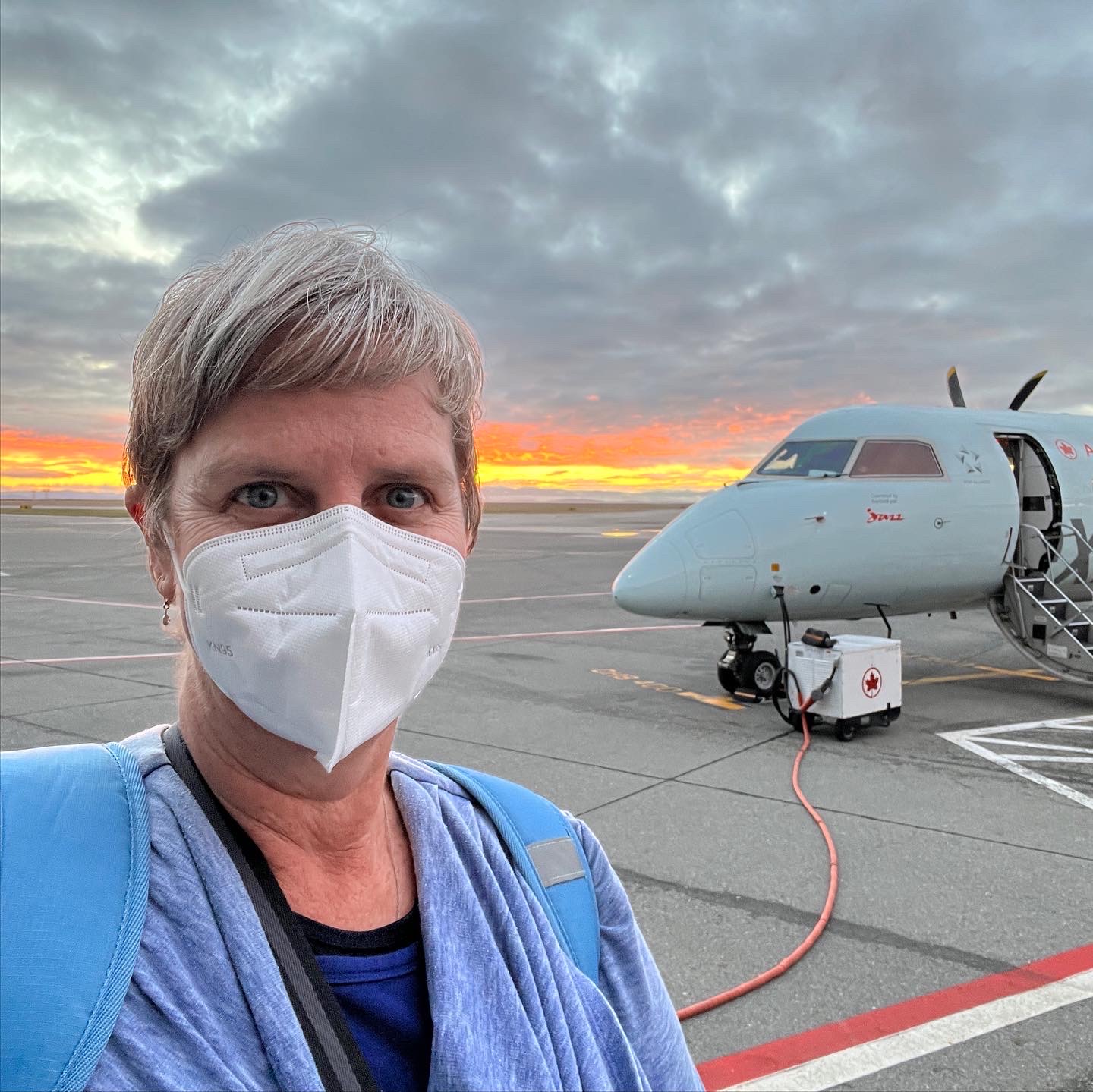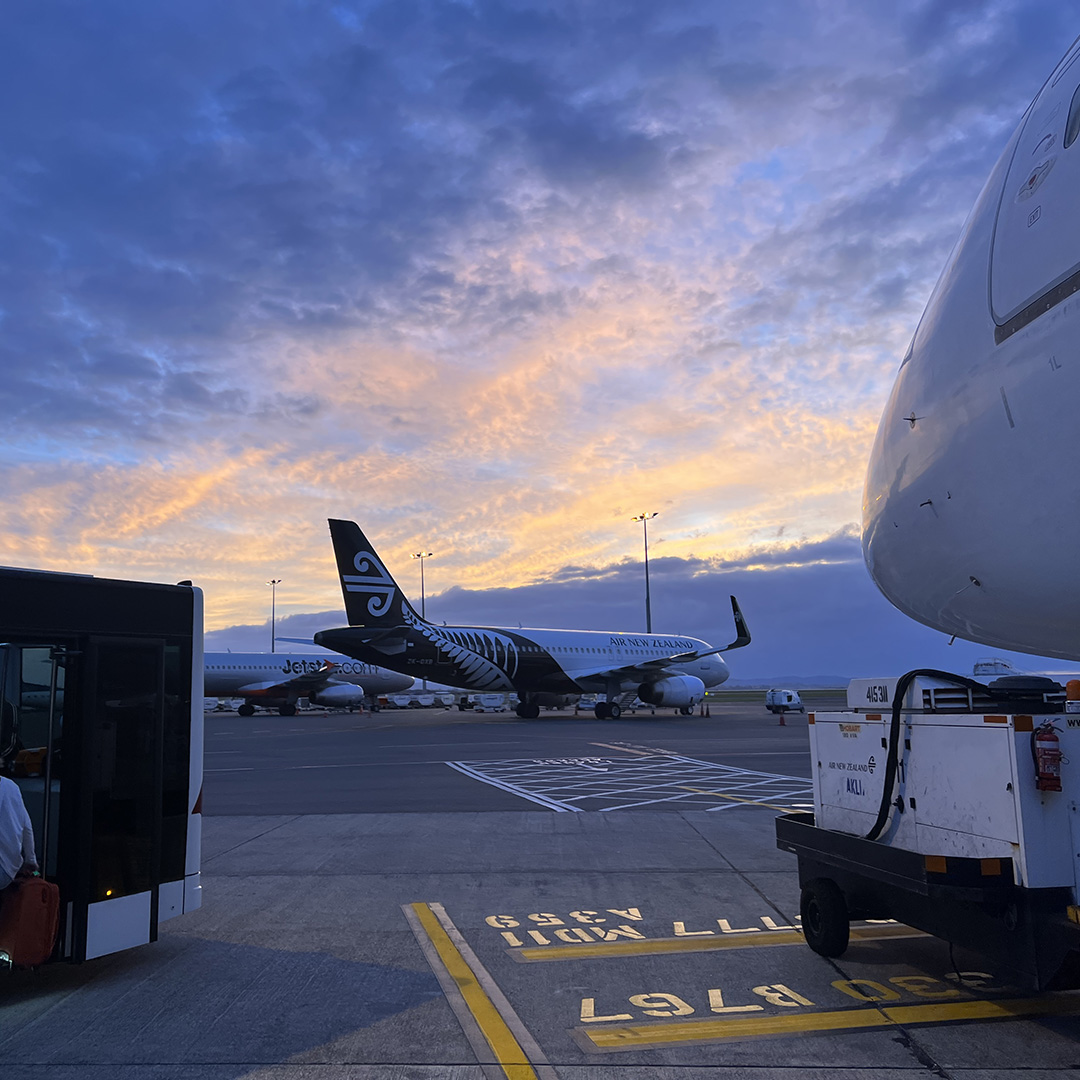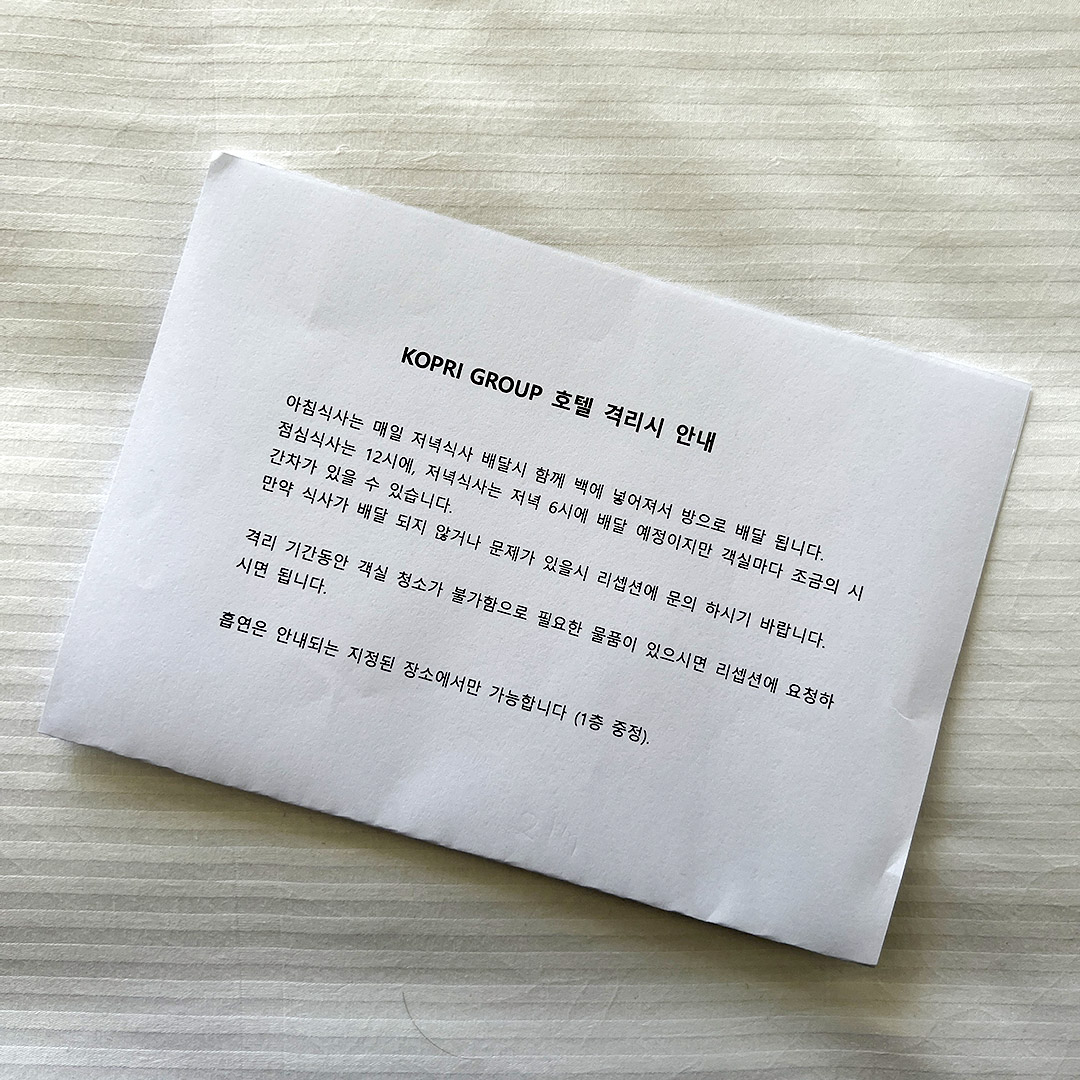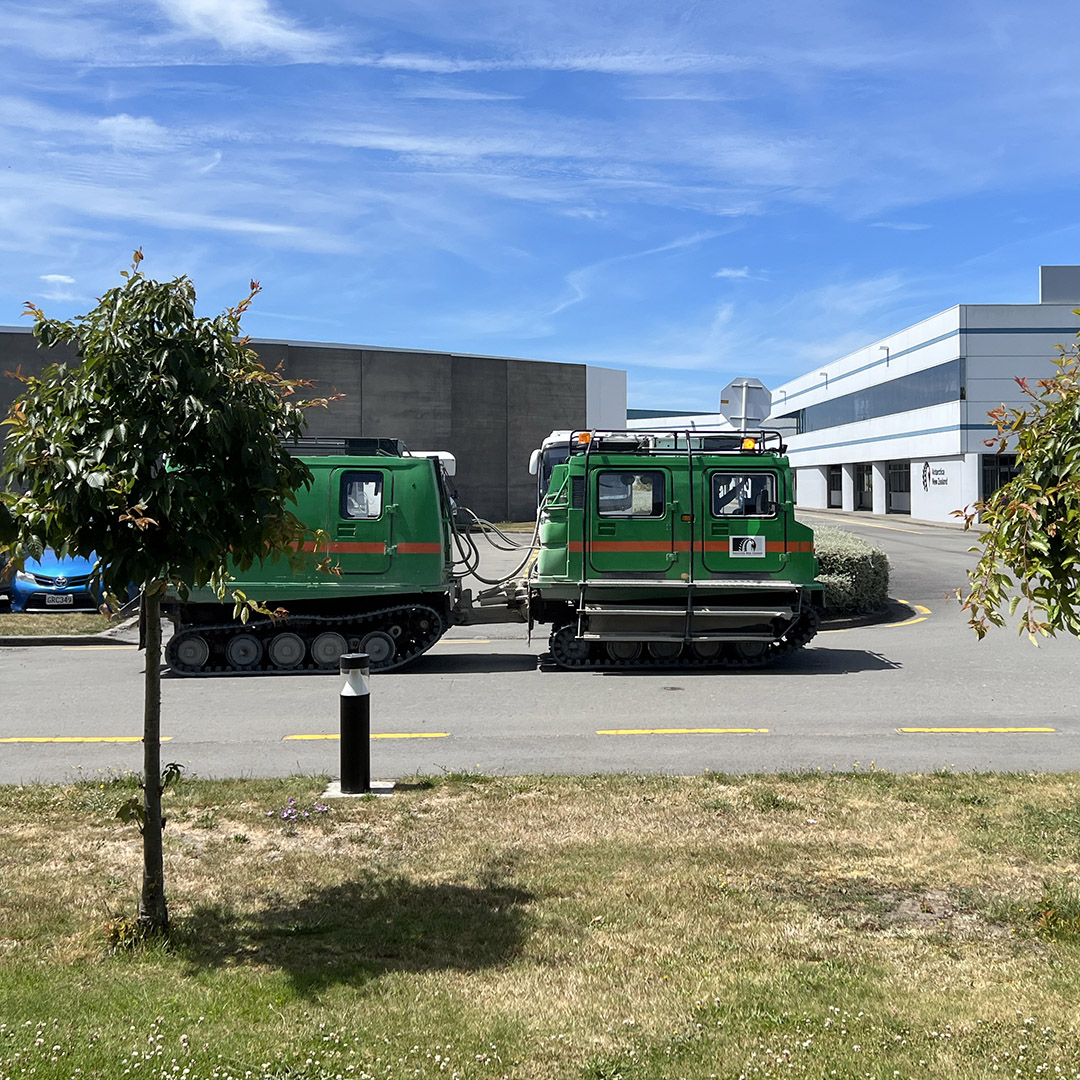Flying into the New Year
After many months of waiting and preparation, I am finally on my way! It’s been a long day of travel to be sure, to get halfway around the world. I flew from our small regional airport in Victoria, BC, to Vancouver (a 12-minute flight!). Then from Vancouver we flew straight to Aukland, NZ (a 12-hour flight!), then on to Christchurch on the south island of New Zealand. We left Vancouver on the evening of December 31, 2022, celebrated the New Year enroute (somewhere over the Pacific Ocean) and landed in the early morning hours of January 2, 2023. We kept flying west into different time zones, so I’m not quite sure exactly when we crossed into 2023. When my family was toasting the new year back home, we were off the coast of Hawaii and it was only 10pm (local time).

Boarding a small plane at sunset in 2022 in Victoria

Disembarking from a jumbo jet at dawn in 2023 in Aukland
Biosecurity
One of the interesting things about flying into New Zealand is that they take biosecurity VERY seriously. As an island ecosystem and a nation greatly dependent on their natural resources, New Zealand has to be very cautious about invasive species and diseases that might devastate their ecosystem and economy. As a result, they have strict regulations on what you can bring into the country, and what you have to declare for examination at customs. Every item of food you bring must be on their approved list and must be declared. Since I wanted to bring some western snacks for my two months at sea, I had to check the ingredients and make sure they were all admissible. You also have to declare any gear that’s been used outside of urban areas, like hiking boots or camping gear, and it must all be clean and free of soil.
Aotearoa New Zealand values the concept of Tiaki, which means to care for people, place and culture.
“New Zealand is precious, and everyone who lives and travels here has a responsibility to look after it. The Tiaki Promise is a commitment to care for New Zealand, for now and for future generations.”
Although it added a few extra steps to my packing and preparation, I was happy to comply with the regulations to ensure that this beautiful island ecosystem is protected for future generations.
Arrival
When I finally cleared customs and picked up my luggage, I walked the short distance to my hotel and checked in. The quarantine rooms were booked by the KOPRI group and included meals that would be delivered to our door, which was detailed in a very helpful welcome letter. As luck would have it, our hotel was right next door to the International Antarctic Centre, so I was entertained by a parade of tracked vehicles that drove by at intervals throughout the day! While I was in quarantine at the hotel, I had to stay in my room and take a rapid COVID test every day. What was originally supposed to be 5 days of quarantine was reduced to 2 days since we had to change ports for bunkering (refueling) and would be leaving Lyttleton sooner than expected. Luckily all of my tests came back negative and I was cleared to join the team onboard the IBRV Araon!

Thank goodness for Google Translate—this was just a taste of what my next 44 days would be like

Antarctic vehicles buzz around the International Antarctic Centre.
